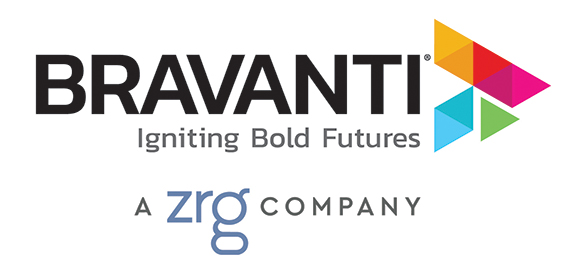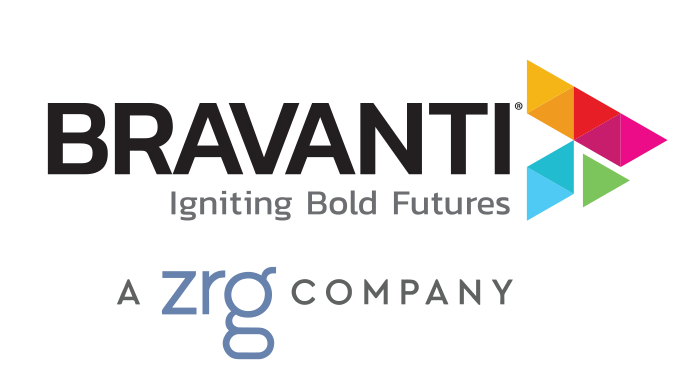Podcast: Play in new window | Download
Creating a listening-based culture is a foundational step toward fostering inclusivity and equity in your organization. Bravanti’s Brenda Wensil and Kathryn Heath discuss just how to do this with cultural assessments in our latest Taking the Lead Shortcast.
Transcript: Building a Listening-Based Culture, with Dr. Kathryn Heath
Brenda Wensil: Welcome to Taking the Lead. This is Brenda Wensil, your host today. I am a managing director at BPI group and leader of our Acceleration Practice for Leadership. Taking the Lead is a podcast where we talk with top business leaders about the challenges and opportunities facing them in today’s business environment. Today we’re especially excited to be talking with Kathryn Heath, who is the founding partner of a firm called Flynn Heath Leadership, which is now a part of Bravanti. She is also a best-selling author of a book called Break Your Own Rules and The Influence Effect. And we’re excited to have Dr. Kathryn Heath here with us today to talk about this idea of culture and what it means. Welcome, Kathryn.
Kathryn Heath: Thank you, Brenda. I’m excited to be here. It’s one of my favorite topics.
Brenda Wensil: Let me start by asking you a broad question here around this, and we hear it all the time, the culture here is this or the culture here is that. What do people mean when they talk about the culture of a company or an organization?
Kathryn Heath: Yes. It is the values, it’s the norms, it’s the way people behave, the mores, what are the rules, what are the rituals, what are the customs? How do you welcome people? Are there customs around birthdays? Are there customs around retirement? Companies have customs; it’s how you live in community, it’s the language you have and you need to be really intentional about it. Is it the culture you want? I meet with so many CEOs, and I remember one time meeting with one and he said, “I’ve worked really hard on developing my team. We’ve done team development. We have worked on our strategy, and I feel like I’m driving this big ocean liner and I can’t turn, why is that?” And, so we had a conversation about his culture, and he wanted his culture to be more innovative. But if you dug into it, there were all sorts of customs and rules and norms that were preventing that.
So as a leader, you have got to be really clear about how do you want to live in community. Peter Drucker said culture eats strategy for breakfast. So you can have a strategy, but if you don’t have the culture to support it, you’re not going to go where you need to go.
Brenda Wensil: With large organizations, such as the ones that you speak with all the time and that we speak with all the time, how does it work? I mean, it’s almost as though every individual line of business within a large organization can have its own culture. So how do you figure out what your culture is and what is your subculture if that makes sense? Especially with so much, not necessarily turnover, but the infusion of new leadership progressively as a business grows, how do you get your arms around it?
Kathryn Heath: You have to figure that out. You can also do a cultural assessment, which is something our firm does, which is you go in and you do interviews. For example, one CEO said, “I want a more entrepreneurial culture,” but when we went in and did interviews, you ask questions about, well, how decisions get made, what happens when people make mistakes? How does information flow? What gets rewarded, what gets punished? And we found people weren’t going to be entrepreneurial because the consequences weren’t good. And there wasn’t tolerance for mistakes and information was being blocked. It was not the culture he wanted. And he had to go work on that and create a new culture – create those norms and mores and values and customs that support that.
Brenda Wensil: There’s another topic that keeps coming up these days and it’s used in the same sentence with culture. And it is the idea of inclusion, creating inclusive cultures, inclusive leaders, and these two topics, culture and inclusion are starting to merge on the same track. And so many of the conversations that we’re having with leaders out there is, how do I create an inclusive culture? What do I have to do? And what is their role in that and how do you see some of these two things crossing paths and coming together?
Kathryn Heath: Well, I do think it’s the leader’s role to figure out how to have an inclusive culture. And we’ve done a lot of work around what are the behaviors of an inclusive culture? So the leader can really look at that. What is the behavior in a meeting? Is every voice heard? Who gets interrupted, who gets amplified, is every voice in the room, are diverse people heard? Or are they always are the ones that get cut off and get interrupted? What happens in a town hall meeting? What happens when in performance coaching? Is it inclusive? Is there deep, respectful listening? We’ve really got to figure out what are the behaviors of an inclusive culture and you as a leader, drive those and reward and create heroes and stories around the people who do that.
Brenda Wensil: You talked about deep, respectful listening as it relates to a behavior of creating inclusive leadership behavior. What does that mean?
Kathryn Heath: A few years ago, we were doing some research on inclusive behaviors. And we called many people and said, what does inclusion look like to you? And these were people who were diverse. This one woman said to me, she says, it’s what I call the grandparent rule. “I was taught to respect my grandparents. not interrupt them. And to hear whatever they were trying to tell me and deeply listening in a respectful way to what they had to say.”
And she said, “When I’m coaching somebody who is different from me or working with somebody that’s different from me, I always am guided by the grandparent rule, which is how can I respectfully, deeply listen?” And I got the picture, I was taught the same thing, and I got the picture and it really helps because so many times when we’re trying to think of what we’re going to say next and not deeply listening to people, which is a very inclusive thing to do
Brenda Wensil: That’s powerful. And it’s something you can, with a little focus, get into the habit of doing.
Dr. Kathryn Heath, who is with us today, author of The Influence Effect and Break Your Own Rules and founder of the Leadership Acceleration Practice that we have. Thank you so much for joining us.
Kathryn Heath: Thank you, Brenda, I enjoyed it.
Outro: Taking the Lead is a production of Bravanti and the views expressed are those of the host and guests. For more information, please visit bravanti.com. Music for this podcast is courtesy of Jazzhar.

